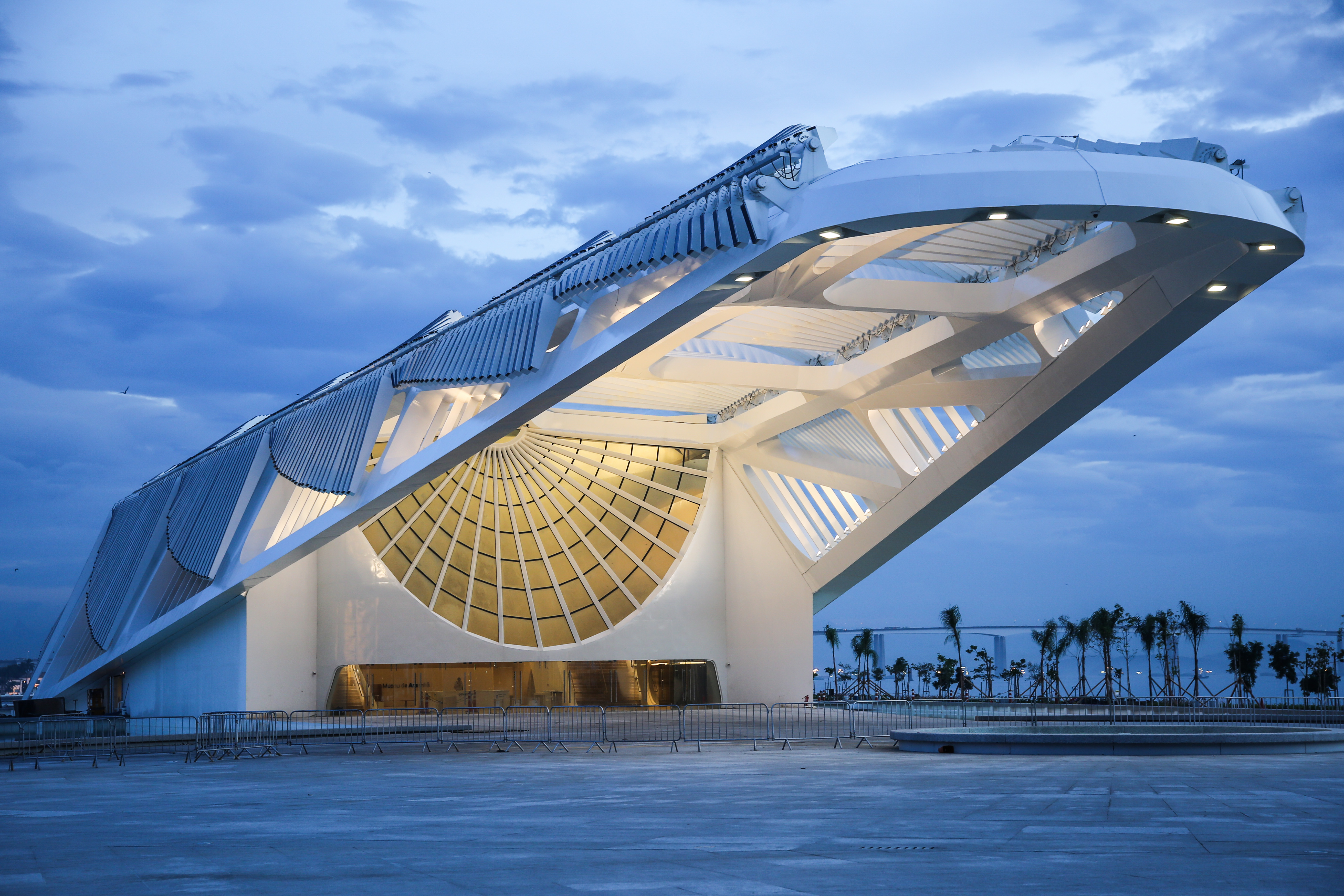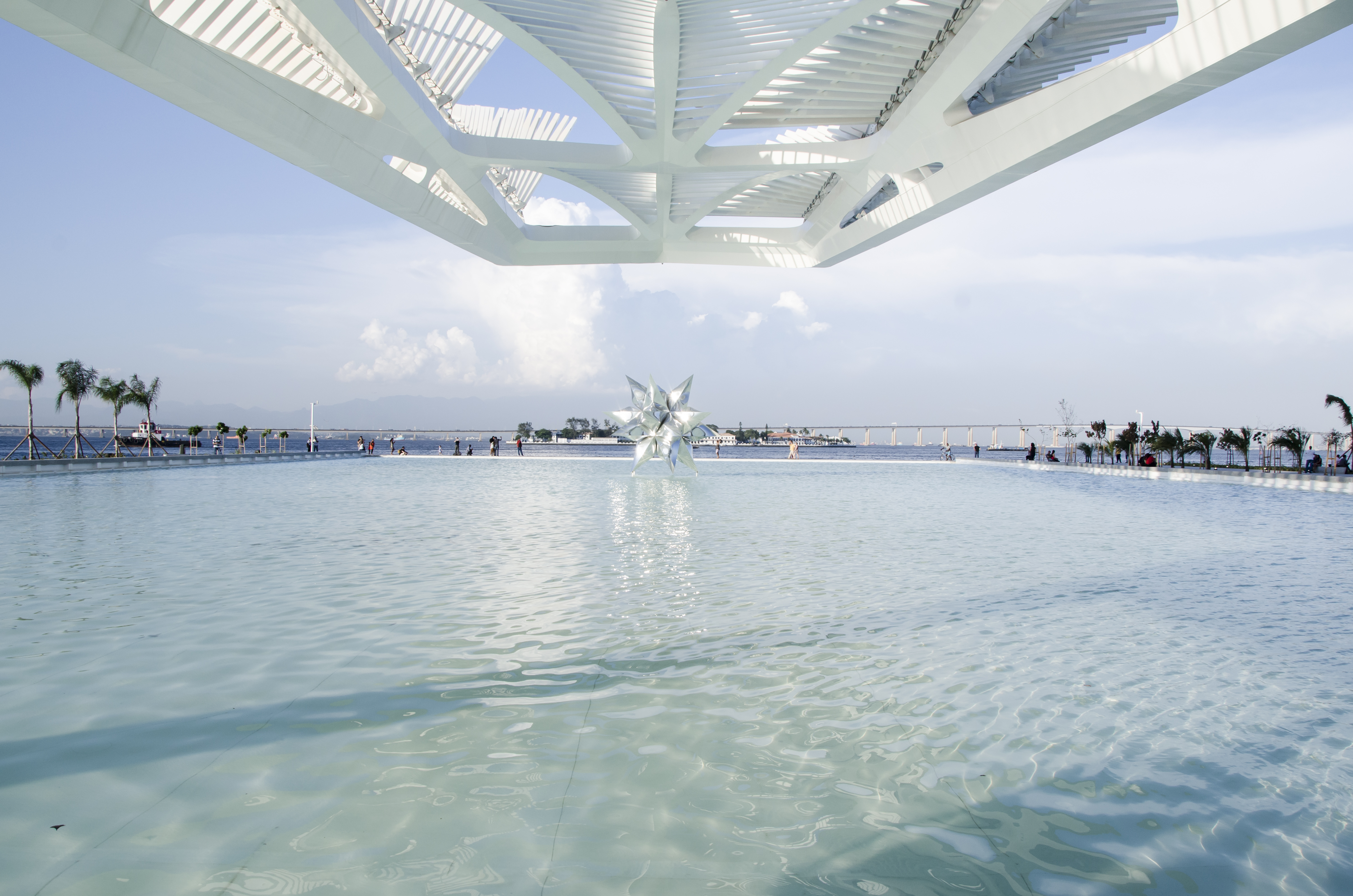Meghie Rodrigues, a researcher from the Museum of Tomorrow in Brazil, discusses the new partnership between the Museum of Tomorrow and the Science Museum.
Earlier this year, we at the Museum of Tomorrow in Rio were awarded a grant from the British Council, through its Newton Fund Institutional Skills call. It was a thrilling moment to get the result, we all celebrated it, and are now working as hard as we can to make sure the execution lives up to our proposal. Our proposal was to use food as an overarching theme for future activities. We’ve planned to do this through our teams internally, our partners at the Science Museum and the restaurants and local community near our museum in Rio de Janeiro’s port region. This beautiful part of the city was recently declared a world heritage site by UNESCO.

It was late on a Wednesday evening when my trip to London to visit the Science Museum was finally confirmed. Despite the pressure of winning the grant I didn’t feel anxious about travelling. What I was anxious about were the questions that often arise when we’re working on a project: What will the real social impact of this project be? Will it be as great as we expect or will it fall short of our objectives? What new lessons will we learn either way?
The project the grant will contribute towards is one looking at tackling food waste in Rio. We plan to do this by helping restaurateurs to better manage their processes around cooking, storage and use of food in their businesses. In this way we hope the project will benefit not only the environment but each of the restaurants themselves. We also want to combat malnutrition and hidden hunger among the communities near our museum, by teaching them about reducing food wastage and the possibilities of urban gardening. In addition, we also want to exchange knowledge and expertise with our partners at the Science Museum in the UK on the development of exhibitions on food and agriculture.

My trip to London marked the first of a series of workshops we’ll hold at our Museums. The Science Museum is regarded as one of finest museums in the world, both in the way it ignites public engagement with science and as a collection of fascinating objects. It was a privilege to see how such a great institution works from an insider’s point of view; the conception and execution of galleries and exhibitions, how content planning and audience research are carried out, and how all these different elements come together to make a project come to fruition.
It was wonderful getting to visit the museum and see objects like the Soyuz capsule British astronaut Tim Peake used return to Earth from the ISS. I was even able to experience the feeling of being inside it through a new virtual reality experience at the museum. I also got to explore a beautiful new gallery, Mathematics: The Winton Gallery, designed by the late architect Zaha Hadid. The Science Museum is a great example of how historical artifacts and contemporary science can co-exist in a space that has seen generations of visitors walk through its doors. And what’s more, it was fantastic to see that the Science Museum partners not only with other museums in the Science Museum Group, but also has successful partnerships with organisations such as the Natural History Museum, V&A, Wellcome and the Francis Crick Institute.

Meeting colleagues as passionate as we are in Rio about making science accessible, to raise public debates, to inform, entertain and educate, was terrific. Since our inception two years ago we have worked hard to establish ourselves as a world-class museum and have developed our expertise in community outreach, greeting over two million visitors in the process. We hope that this partnership will allow us to develop further. Despite our differences it surprised me that some of the challenges we have in Brazil are quite similar those faced by our counterparts in the UK. I feel really inspired by the possibility of using our combined knowledge to tackle these challenges and know that this sharing of resources will make the bond between the Science Museum and Museum of Tomorrow even stronger.
What I observed in London has already influenced our practices in Brazil. In July we shared ideas in the second workshop within our ‘Food Project’ by hosting two Science Museum staff members with us at the Museum of Tomorrow who will be sharing their experience of creating object displays and planning educational activities for agriculture. The Science Museum will also be hosting two staff members from our museum. I hope this exchange of skills will be a positive experience for all involved, with the increased knowledge and new experiences enriching both museums.